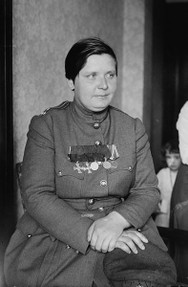 A fellow soldier saved Maria's life. He had served with her in the 25th Tomsk Reserve Battalion of the Imperial Russian Army, during 1915.
A fellow soldier saved Maria's life. He had served with her in the 25th Tomsk Reserve Battalion of the Imperial Russian Army, during 1915.
Now a Bolshevik, the unnamed man spoke out about her courage and worth to the revolutionary army. He must have been persuasive, as he was able to escort her from the death cell and lead her away from the Red headquarters.
Nevertheless, it was obvious that Maria's life was in danger for as long as she remained in Russia. Together with her advocate, she petitioned for an external passport, which was actually granted. She then fled to Vladivostok, where she was able to board a steamship destined for the United States of America.
Upon arriving in San Francisco, Maria saw her course clearly ahead of her. She needed to speak with the President, as soon as possible. Most Americans would be forgiven for chuckling at the very thought, but they hadn't met Maria Bochkareva before. If this peasant woman could correspond with Tsar Nicholas II, and persuade Alexander Kerensky to allow a female war battalion, then knocking on the door of the White House was nothing.
She soon made her way to Washington D.C., whereupon her attempts to gain an audience with Woodrow Wilson came to nothing.
However, she did make the acquaintance of a wealthy socialite named Florence Harriman, who was quite charmed by the remarkable Russian female commander. (It will probably come as no surprise to learn that Florence was a leading Suffragist.) Through her connections, another bid was placed for Maria to meet with the president.
On July 10th 1918, President Woodrow Wilson found himself welcoming Commander Maria Bochkareva into the Oval Office. He ended up promising her that he would do what he could to intervene with the situation in Russia.
She then traveled to New York, where an exiled Russian journalist named Isaac Don Levine had her dictate her life story. This became the foundation of her autobiography. But Maria wasn't prepared to hang about. She had another world leader in her sights.
After boarding a ship to Great Britain, Maria somehow wrangled a meeting with King George V. The British monarch equally found himself under oath to help save Russia from the Bolsheviks.
But Maria Bochkareva was convinced that Russia needed one more thing to help it. Her.



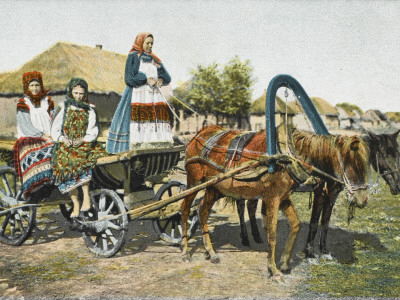
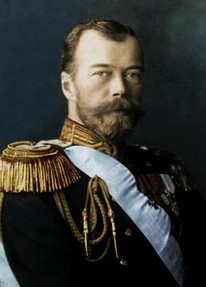 After Maria left Yakov, she found work in a factory in Tomsk. But this was the outbreak of the Great War and all of Russia felt the threat. Maria was not one to sit back ignoring conflict, even if that's what she was supposed to do.
After Maria left Yakov, she found work in a factory in Tomsk. But this was the outbreak of the Great War and all of Russia felt the threat. Maria was not one to sit back ignoring conflict, even if that's what she was supposed to do.



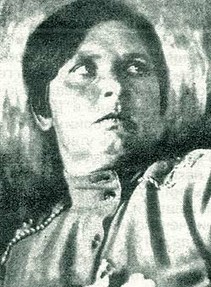 For the war-weary men, the appearance of Maria Bochkareva on Russia's Western Front must have seemed like a sick joke.
For the war-weary men, the appearance of Maria Bochkareva on Russia's Western Front must have seemed like a sick joke.


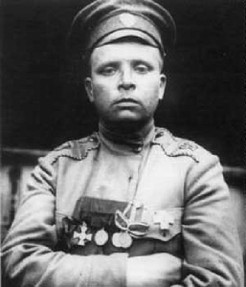 After the fall of the royal family, it seemed that anything could and would happen in Russia. While the Provisional Government rushed to secure power, many radical ideas were taking shape in reality.
After the fall of the royal family, it seemed that anything could and would happen in Russia. While the Provisional Government rushed to secure power, many radical ideas were taking shape in reality.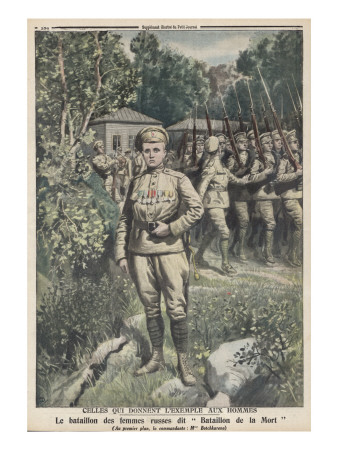
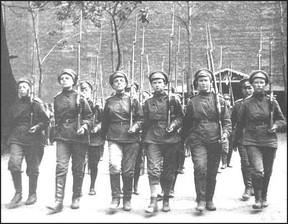 Within weeks, over 2000 women had answered Maria Bochkareva's rallying call. They heard her speeches, wherein she asked for the 'tigeresses' of Russia to defend their homeland and families.
Within weeks, over 2000 women had answered Maria Bochkareva's rallying call. They heard her speeches, wherein she asked for the 'tigeresses' of Russia to defend their homeland and families.


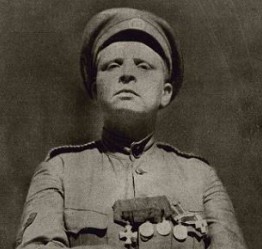 The 1st Russian Woman's Battalion of Death had missed the October Revolution. They were at the front line at the time, and Maria Bochkareva was with them.
The 1st Russian Woman's Battalion of Death had missed the October Revolution. They were at the front line at the time, and Maria Bochkareva was with them.
 A fellow soldier saved Maria's life. He had served with her in the 25th Tomsk Reserve Battalion of the Imperial Russian Army, during 1915.
A fellow soldier saved Maria's life. He had served with her in the 25th Tomsk Reserve Battalion of the Imperial Russian Army, during 1915.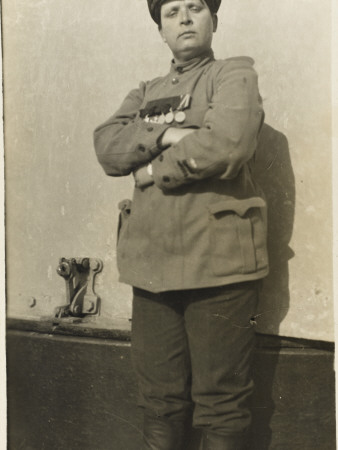

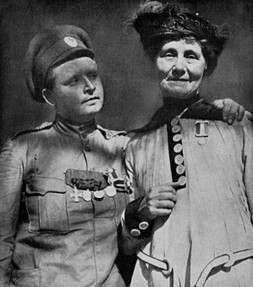 To any independent observer, it must have felt like now that Commander Bochkareva could not fail at anything. If it occurred to her, then it happened, even if there was no precedent. Especially if there was no precedent.
To any independent observer, it must have felt like now that Commander Bochkareva could not fail at anything. If it occurred to her, then it happened, even if there was no precedent. Especially if there was no precedent.




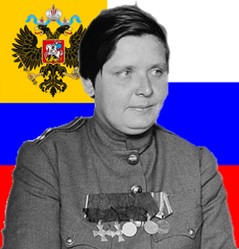

 St Tydecho's Churches in West Waleson 09/03/2014
St Tydecho's Churches in West Waleson 09/03/2014
 Goodies for an Outlander Premiere Partyon 03/06/2015
Goodies for an Outlander Premiere Partyon 03/06/2015
 Holocaust Memorial Day Interview with Rainer Höss, Grandson of Rudolf Architect of Auschwitzon 01/24/2015
Holocaust Memorial Day Interview with Rainer Höss, Grandson of Rudolf Architect of Auschwitzon 01/24/2015
 Romantic Valentine Gifts for an Outlander Fanon 01/16/2015
Romantic Valentine Gifts for an Outlander Fanon 01/16/2015

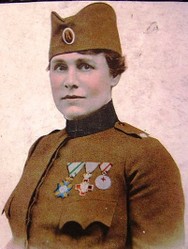
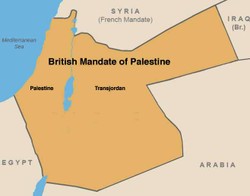
Comments
VITE ECCEZIONALI DI DONNE RUSSE SOLDATO.
I'm glad that you found it thought-provoking.
something to think about
From her point of view, Russia needed her. Plus she couldn't sit 'idly' twiddling her thumbs, while Russia burned. She was very patriotic.
Seems she was a woman ahead of her time, but not much common sense. Why would she return to Russia! Anyway, she was a patriot.
One thing I read about Maria Bochkareva is that she was incredibly angry by the time she joined the army. All that abuse from her father, and both husband and common law husband, had exploded into actual bitterness.
It's hard to say whether she channeled it into something productive, because is war and violence ever productive?
Great stuff... I studied a bit of Russian history, and I don't remember coming across Maria B before.
One thing I have noticed... in history, when a woman has served in combat, whether as soldier or guerilla... they seem to be fiercer than men. As if all the rage that they've stored up over the years gets to explode out.
Because in the vast scheme of history, women in combat is still a very new phenomenon. Children in combat is unfortunately not, but it should be banned globally.
With all this factual information and history about women serving as soldiers, why do people even debate the topic of women in combat? If I were going to be hopping mad and fiercely passionate about something, I'd yell and scream about using children for war and go after the dirty low-down low bastards that do that!!!
(Not yelling at you, Ms. Jo. :)
You're very welcome. I do enjoy finding out about people I've not heard about before. Though I really can't imagine how Maria Bochkareva skipped my attention!